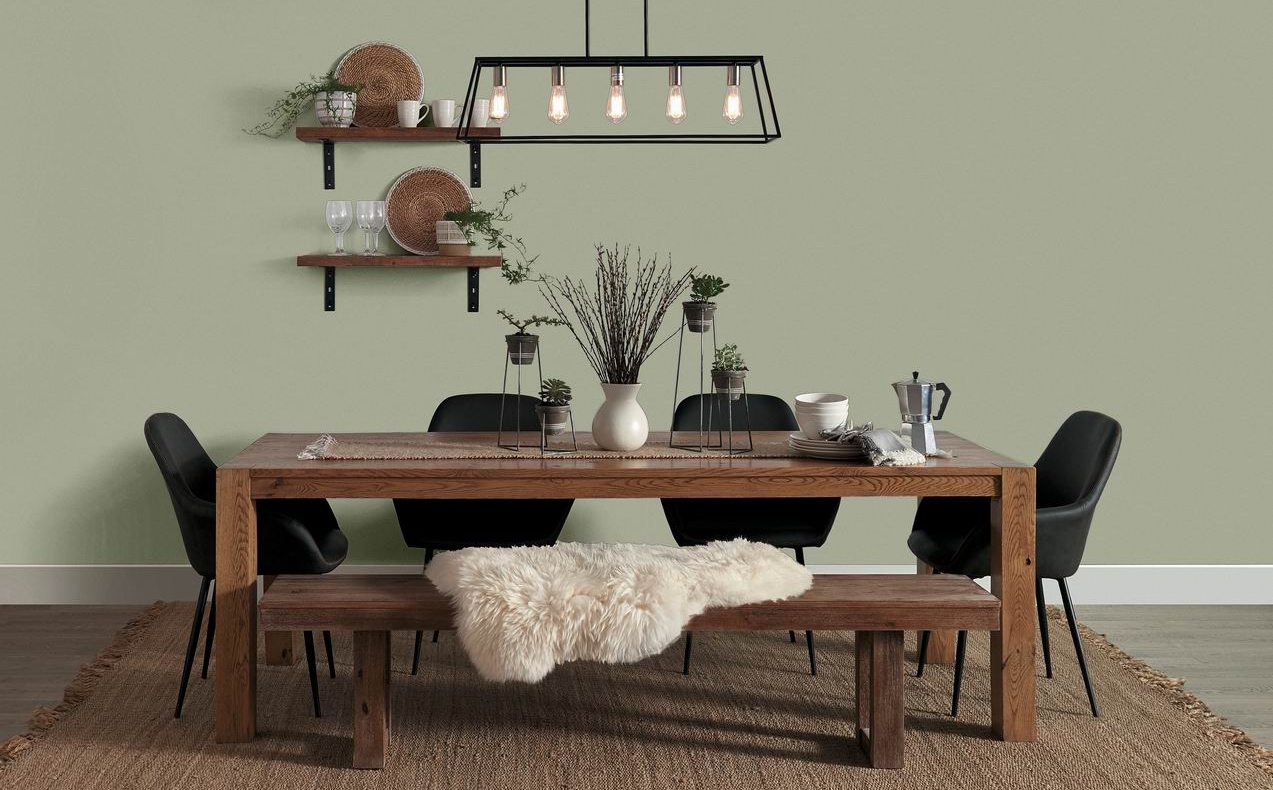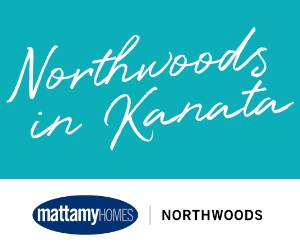Wondering what to expect when it comes to Ottawa housing and design trends for 2022? It’s been a bumpy road the last couple of years, with COVID throwing a curveball into many aspects of our lives, including our homes and how we use them.
Add in the unpredictability of the Omicron variant (and who knows how many other variants to come), and it would seem our return to “normal” is anybody’s guess. But despite that, some of Ottawa’s housing experts have weighed in to offer their predictions for 2022 trends.
From an infusion of green and multifunctional/multigenerational spaces to a (hopefully) stabilizing market and no end in sight for supply chain issues, here are the highlights.
Housing market
The FOMO (fear of missing out) demand for homes that — since the middle of 2020 — has resulted in soaring price increases, frenzied multiple offers and the scooping up of new-home lots the moment they were released is ebbing. But we are still firmly planted in a seller’s market as the industry continues to be plagued by persistently low inventory on the resale side and trade and supply issues on the new-home side that restrict builder ability to boost construction.
In its annual housing forecast, RE/MAX sees Ottawa prices rising modestly in 2022: just five per cent. That compares to the 22 per cent increase RE/MAX reported for 2021 as of Dec. 1.
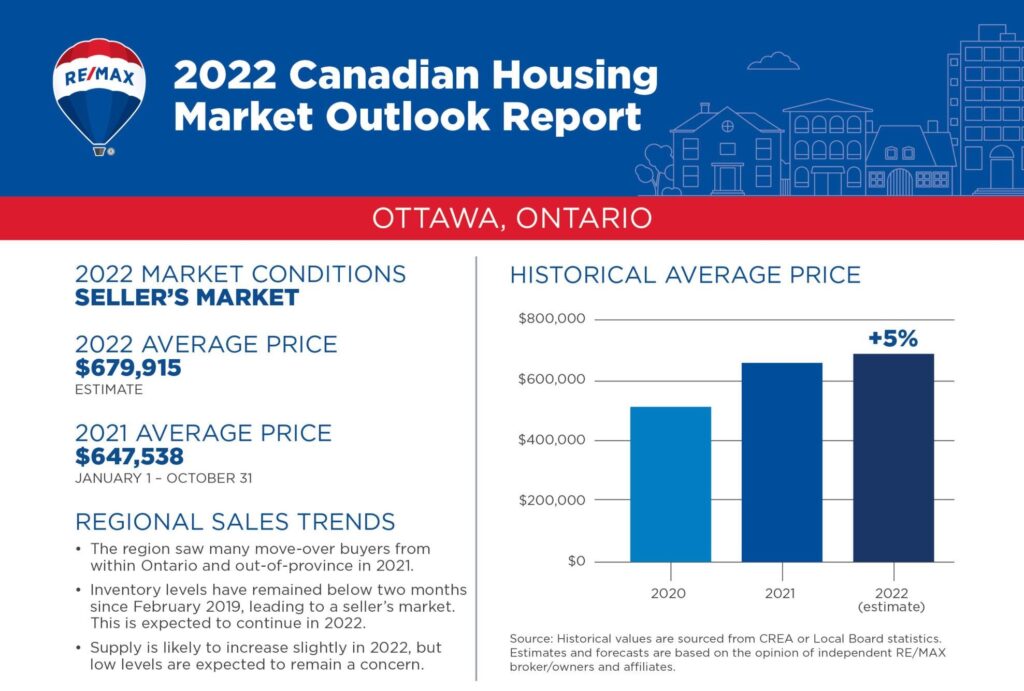
“The market we have had is unsustainable and things will stabilize at the very least for 2022,” says Ottawa Realtor Jenniffer Alvarenga, who is affiliated with RE/MAX. “There’s been a sense of calm in terms of both COVID-19 and the market… That being said, the Omicron variant could have an impact.”
A big problem is the lack of inventory, she says. Ottawa needs a four-to-six-month supply of active listings for supply and demand to balance. But according to the Ottawa Real Estate Board, the supply in November (the most recent figure available at the time of writing) was just one month’s worth, a habitually low level that has hampered the market since before the pandemic began.

Cheryl Rice of industry analyst PMA Brethour Realty Group also expects the market to settle down. Focusing on new homes in particular, Rice points out that sales through most of the summer and fall trended below the five-year average, suggesting we’re heading towards a more balanced market, “with a more realistic pace in sales, an increase in supply, and fewer price increases.”
She expects the overall new-home market to continue to be positive.
“Ottawa’s employment is strong, with income levels still among the highest in Canada; population growth is expected to receive a boost from immigration in 2022 to 2024; the economy is recovering… interest rates are expected to remain low for at least the first half of 2022; and although inflation could create challenges for the consumer, Ottawa will continue to be a desirable city to purchase a new home for the foreseeable future.”
Greg Graham agrees that we can expect an influx from immigration, as well as migration from other parts of Ontario and Canada. As a former president of the Greater Ottawa Home Builders’ Association and the chief operating officer for Cardel Homes, which builds in Ottawa, Calgary, Florida and Colorado, Graham studies the market carefully and forecasts the following:
Ottawa will continue to be short on land supply to meet housing demand.
“Where we’ve been used to building 5,600 to 6,000 new units a year, I think you’re going to see that trend up to 7,500 to 8,000, maybe even higher for the next couple years. And is there enough supply out there to meet that demand? I’m concerned both in the land side, for the availability and how long it takes to bring land on (for building) and I’m concerned about the trade and supply chain issues that we’re going to have.”
New-home inventory will remain constrained.
“Supply chain issues are going to be a factor throughout 2022. It’s not going to get resolved,” he says, adding that builders are having trouble delivering on the homes they’ve already sold, never mind the ones they hope to sell this year. “I think we’re going to be in a real pickle.”
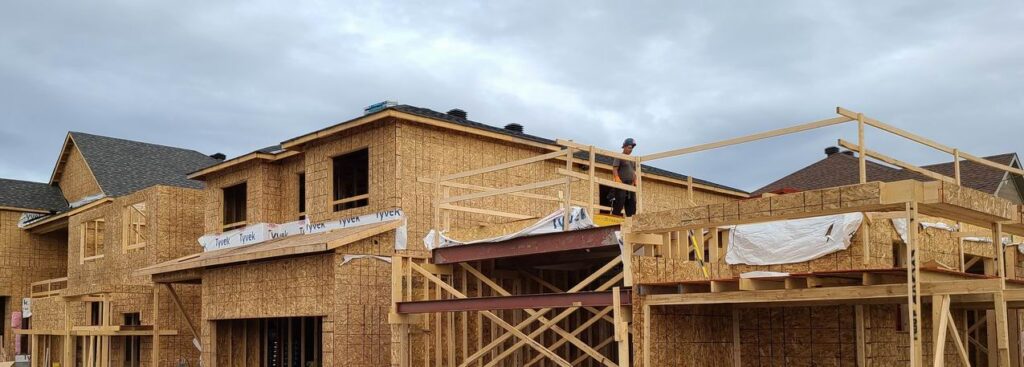
The supply and demand imbalance means increased prices.
Despite growing rumblings over affordability, Graham says “we still have room for price escalation in this marketplace when you look at the other major centres in Canada… The challenge we’re going to have is do people have the money for the down payment? … The bank of Mom and Dad is going to play a significant part in our housing industry over the next decade to get kids into the marketplace.”
But while prices will increase, Rice does not anticipate “the kind of staggering growth in prices that we saw from 2019 to 2021. Rather, we see market stabilization in the coming months.”
Buyers will drive till they qualify.
Increasing prices and a limited supply will continue to force buyers to look further afield for what they want and what they can afford, Graham says. As homes and lots in Ottawa shrink to counter costs or to meet intensification goals of the city’s Official Plan, buyers will look outside the city, particularly if they can work from home.
This point was echoed in the annual Canadian Home Builders’ Association Canadian Home Buyer Preference National Study released in December. It showed that when it came to future purchasing considerations, the number of buyers who would accept a smaller home to make the next home more affordable dropped five percentage points over the 2020 survey, which was conducted pre-pandemic.
“That’s likely a pretty big indicator of how much more intensely we’re using our home spaces since the pandemic… People aren’t as apt to want to give up square footage,” says Tim Bailey of Avid Ratings, which partners with the CHBA to conduct the study.
At the same time, 20 per cent said they would move further from work or amenities to make a home more affordable and almost three in four buyers said they will seek a single-family home for their next home. “This has definitely created some upward pressures on pricing, on availability.”
The rental market will continue to grow.
Why? Because people don’t have money for a down payment on a house, Graham says. “There’s a whole new asset class in the U.S. called single-family, purpose-built rental master-planned communities… there’s money falling into that space right now.”
His advice for buyers?
“Where can you go and live and afford it? Can you work remotely? Don’t expect prices to fall… Can you get an interest rate and lock it in? I think this is a good time to do it, we expect interest rate increases coming up.”
Renovations
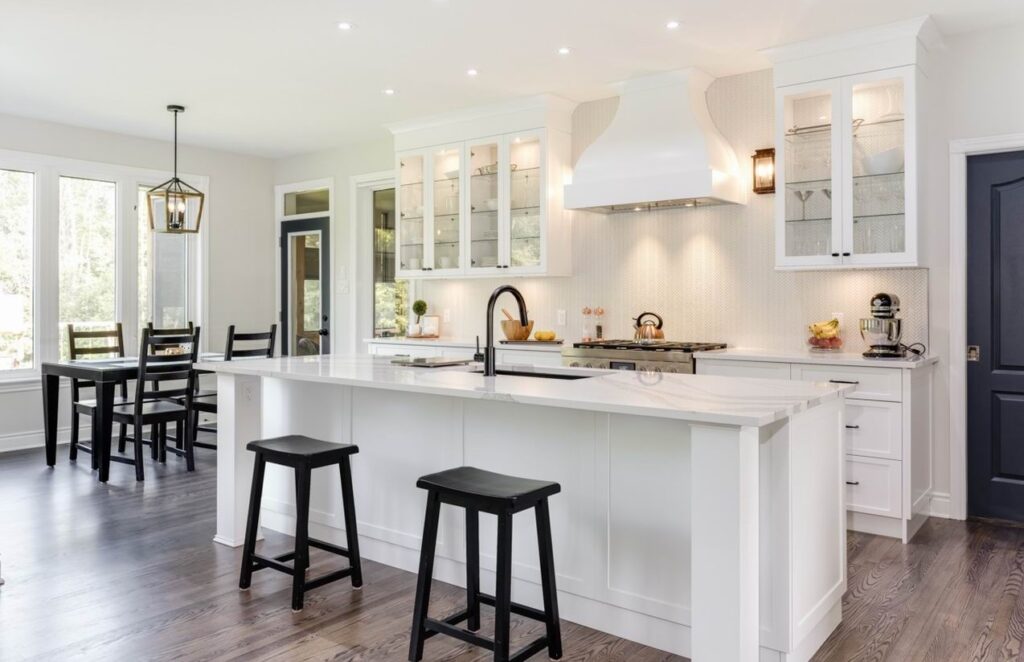
Expect more of the same — 2021 was a year of frenetic renovations as contractors dealt with pent-up demand, coupled with frustrating delays in getting materials. That’s expected to continue.
“We are booked far into 2022 right now and the spaces are filling up,” says Patricia Liptak-Satov of OakWood. “We are not able to offer quick turnaround, especially considering the lead times on cabinetry right now, and I don’t see that changing in 2022.”
As far back as September, renovators were warning that if you had not already confirmed your project, you’d be out of luck come spring.
“The best advice we can give right now is to contact a renovator as soon as possible,” Steve Barkhouse of Amsted Design-Build said at the time. “The sooner we’re able to get working on a project, the sooner we’re going to order materials and lock in pricing… The reality is that costs are still climbing.”
As for what’s popular, Liptak-Satov is seeing lots of kitchen requests, basements, additions and modifying the existing footprint to allow for better use of space.
Thanks to the pandemic, “we are seeing the need for multifunctional spaces,” something she thinks is here to stay. “The work/home life has permanently changed.”
Designer Sascha Lafleur of West of Main is also seeing demand for multifunctional spaces. “It goes beyond spaces looking pretty — each inch of a home needs to have a defined purpose or multiple (purposes). From furniture to your home layout, people are looking to better the functionality of their space and adjust them to their needs and wants.”
Perhaps not surprisingly, the top two trends Architectural Digest sees for 2022 renovations are investments in a home office and enhanced outdoor spaces and features, a reflection of how much more we are using our homes in the pandemic.
Design & decor
When it comes to how we design our spaces, comfort and functionality are key. Here are some of the 2022 trends.
Legal secondary suites
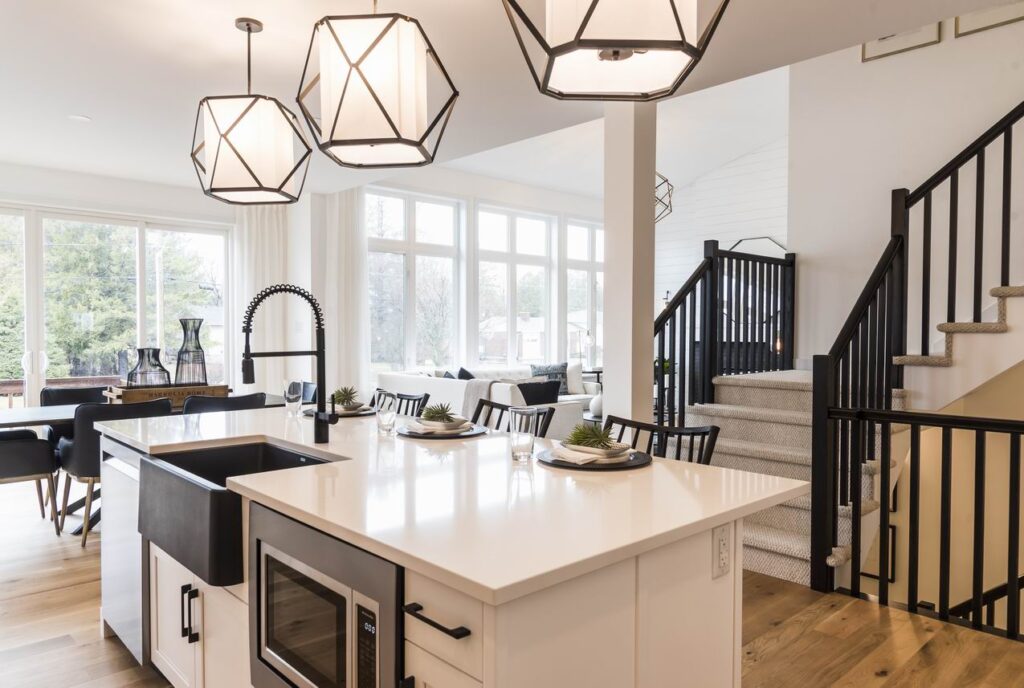
Although he hates to use the term “paradigm shift,” Avid’s Bailey can’t avoid it when it comes to the desire for legal secondary suites, a new section in this year’s CHBA buyer preferences survey. Over half of respondents indicated an interest in them, either for aging family members or for long-term rentals. Similarly, having a main-floor master suite has been on an upward trend, with 43 per cent saying it’s a must-have feature for their next home.
“The concept of home may be going through a little bit of a paradigm shift with housing now addressing things like affordability issues, targeting things like multigenerational living scenarios, aging in place scenarios,” he says.
Adds CHBA CEO Kevin Lee: “Those are two of the biggest things affecting housing: changing demographics and an aging population, and affordability challenges.”
Energy efficiency
The popularity of energy-efficient features in new homes remains strong. The CHBA buyer preference survey showed the top three home features buyers want are related to energy efficiency (windows, appliances and an overall efficient home).
The question remains whether they are willing to pay for it. “The preference is there, but if the market’s hot and affordability gets challenged, sometimes that desire for energy efficiency will wane a bit,” as it did in the 2021 survey, Bailey says.
Curves & natural materials
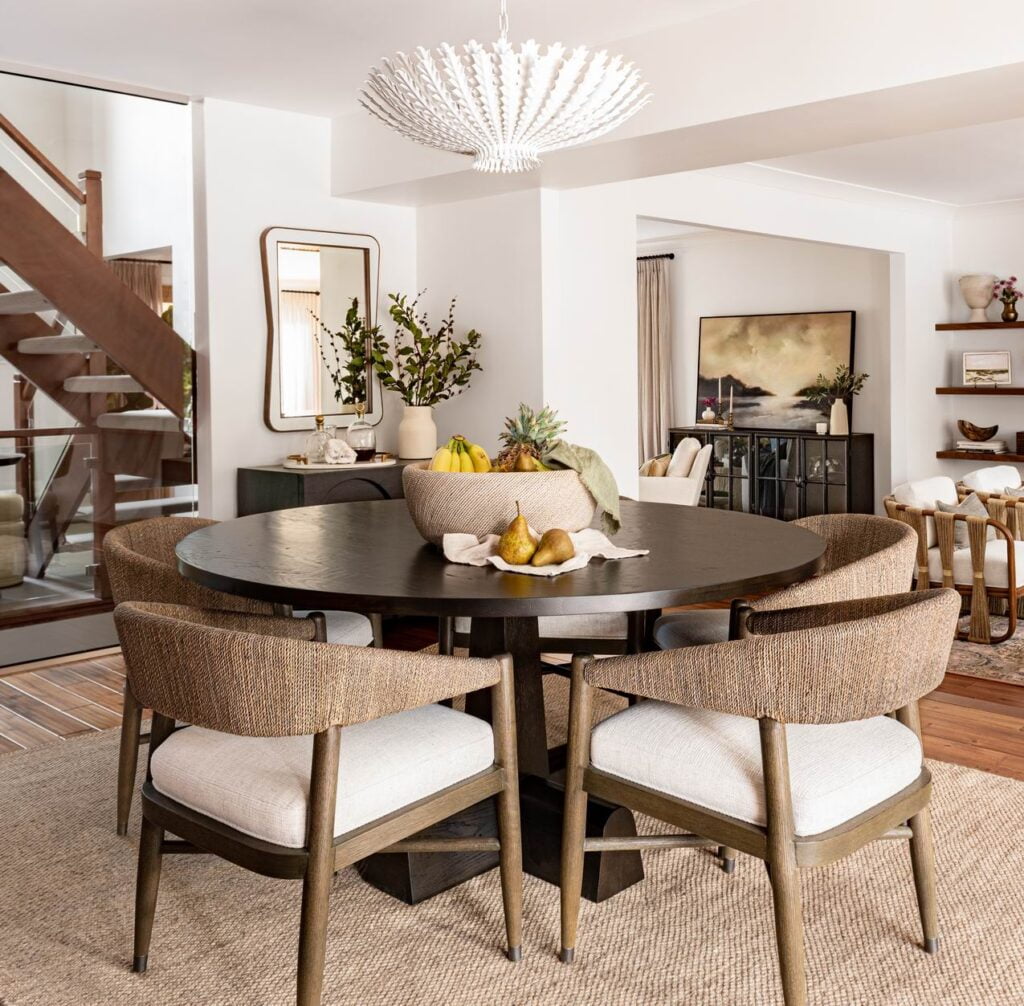
Lafleur sees us embracing curves in both our furniture and architecture, plus the growing use of natural materials, a signature of West of Main.
“Deriving from the timeless mid-century trend that dates back to the ’60s and ’70s, curved furniture and architecture are here to stay. Curved silhouette and sloped lines embrace elegance and femininity.”
And incorporating organic materials such as wood, rattan, jute, stone, linen and wool “will help provide warmth and cosiness in your home while also promoting longevity and timelessness.”
In the kitchen
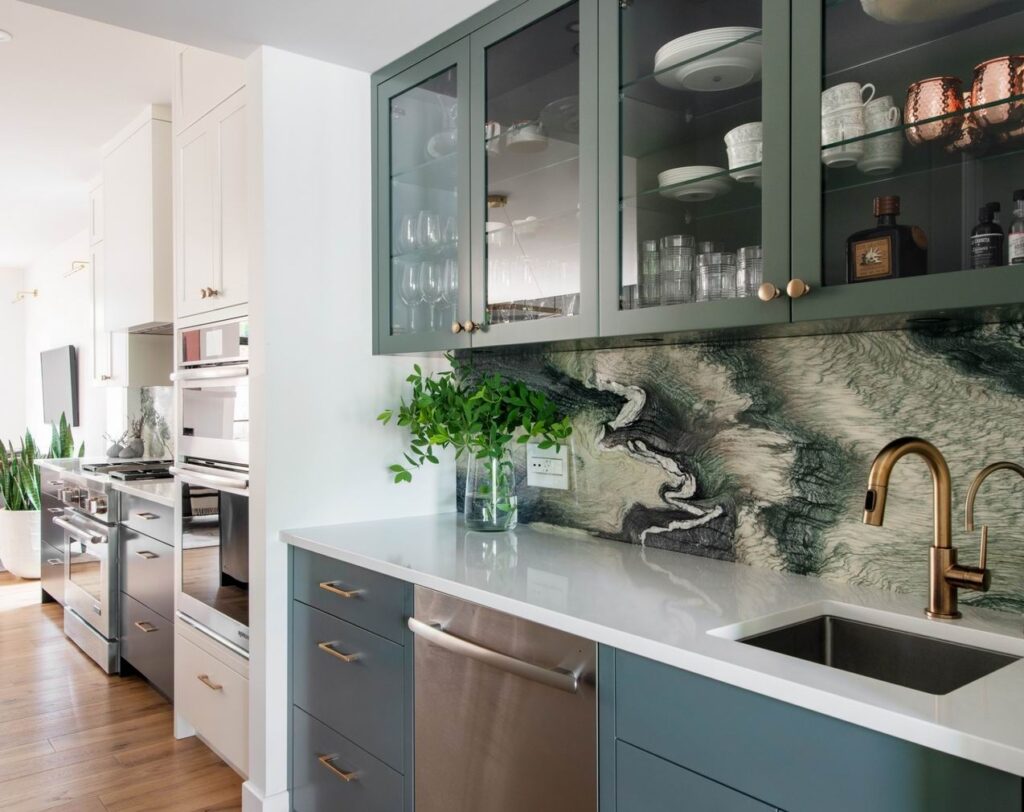
Designer Nathan Kyle of Nathan Kyle Studio sees the re-emergence of the eat-in kitchen table, but with a twist. Think of tables gaining an upholstered banquette, although more like a custom sofa than a built-in storage box, and the island becoming devoid of multiple stools or at least reducing the diner-style shoulder-to-shoulder seating.
“What it’s really translating into is more of somebody sitting at a kitchen table height rather than at an island counter,” he says. “It’s the feel of sitting together as a family again.”
He also sees increased emphasis on the walk-in pantry, but one that’s more of a kitchenette, with complementary appliances, counter space and a sink, along with the storage. This kind of space allows for a work zone that doesn’t clutter up an otherwise open-concept kitchen.
Speaking of open concept, while it’s not going anywhere, he sees us playing with levels as a way to both define spaces and to help hide the clutter. He’s working on more than one project that includes a slightly sunken living room.
Textures
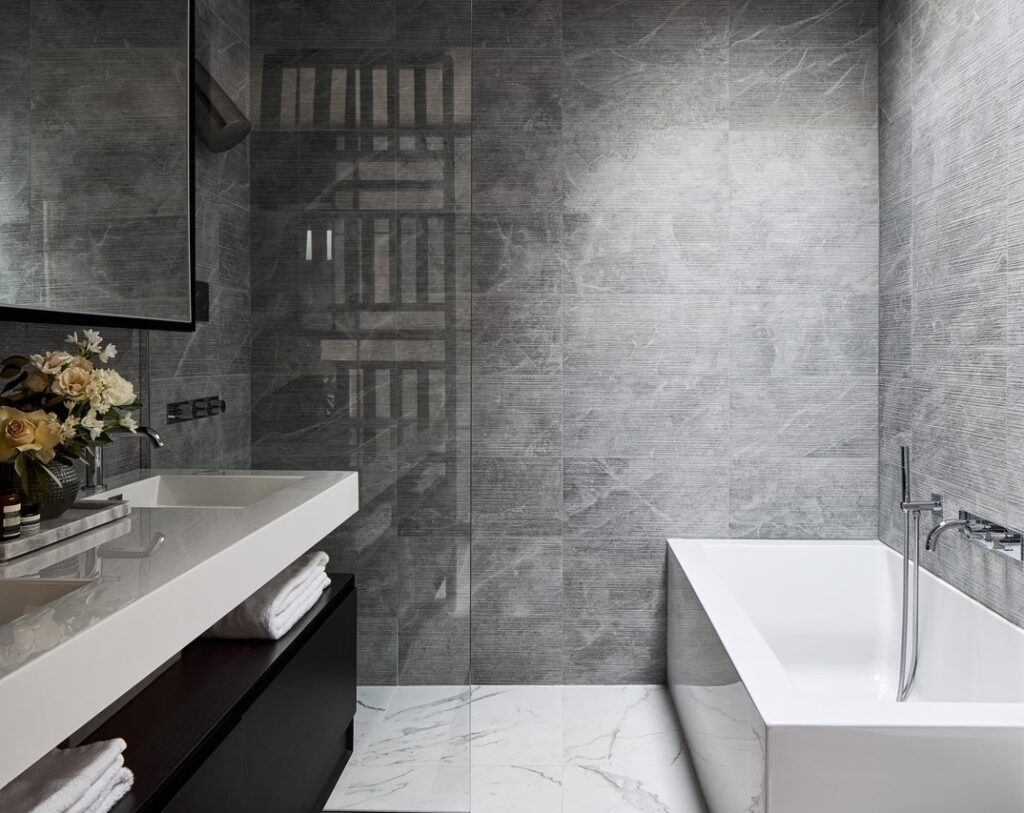
Both Kyle and OakWood are seeing more texture in our designs. For Kyle, that’s manifesting particularly in tile, with wall tile taking on more texture than pattern as a way of adding visual interest. Scale is also important, he notes, with overly large tile a homeowner favourite.
OakWood, meanwhile, is seeing a mix of materials and textures trending up in everything from cabinetry to pillows and throws. “A good design includes a combination of textures that complement each other and peak the users’ interest at every detail,” says Liptak-Satov.
Colour
Several paint makers have come out with varying shades of green for their colour of the year in 2022, reflecting an interest in bringing the outside in as we spend more time at home, and “providing a sense of warmth and comfort that allows for tranquility,” says Liptak-Satov.
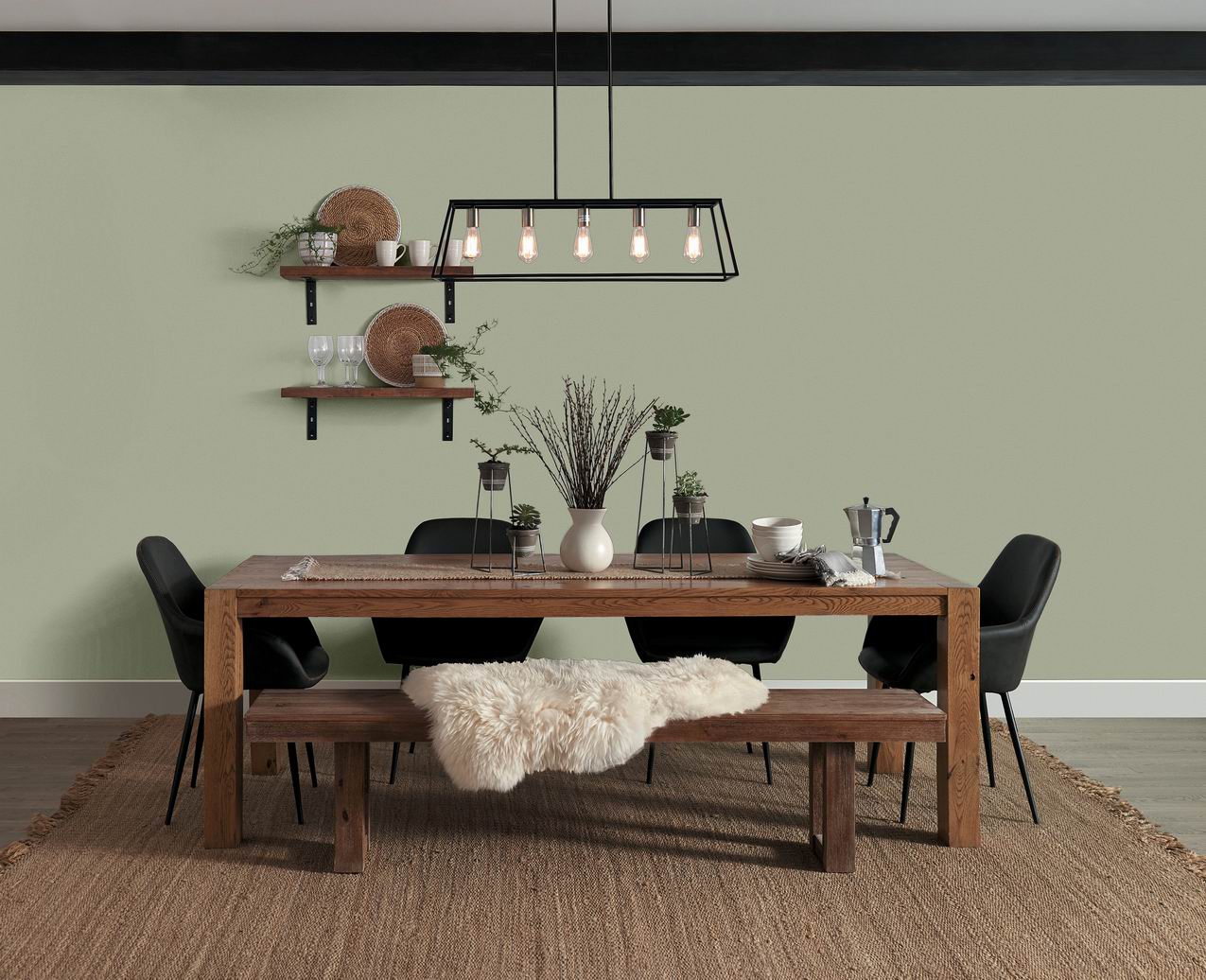

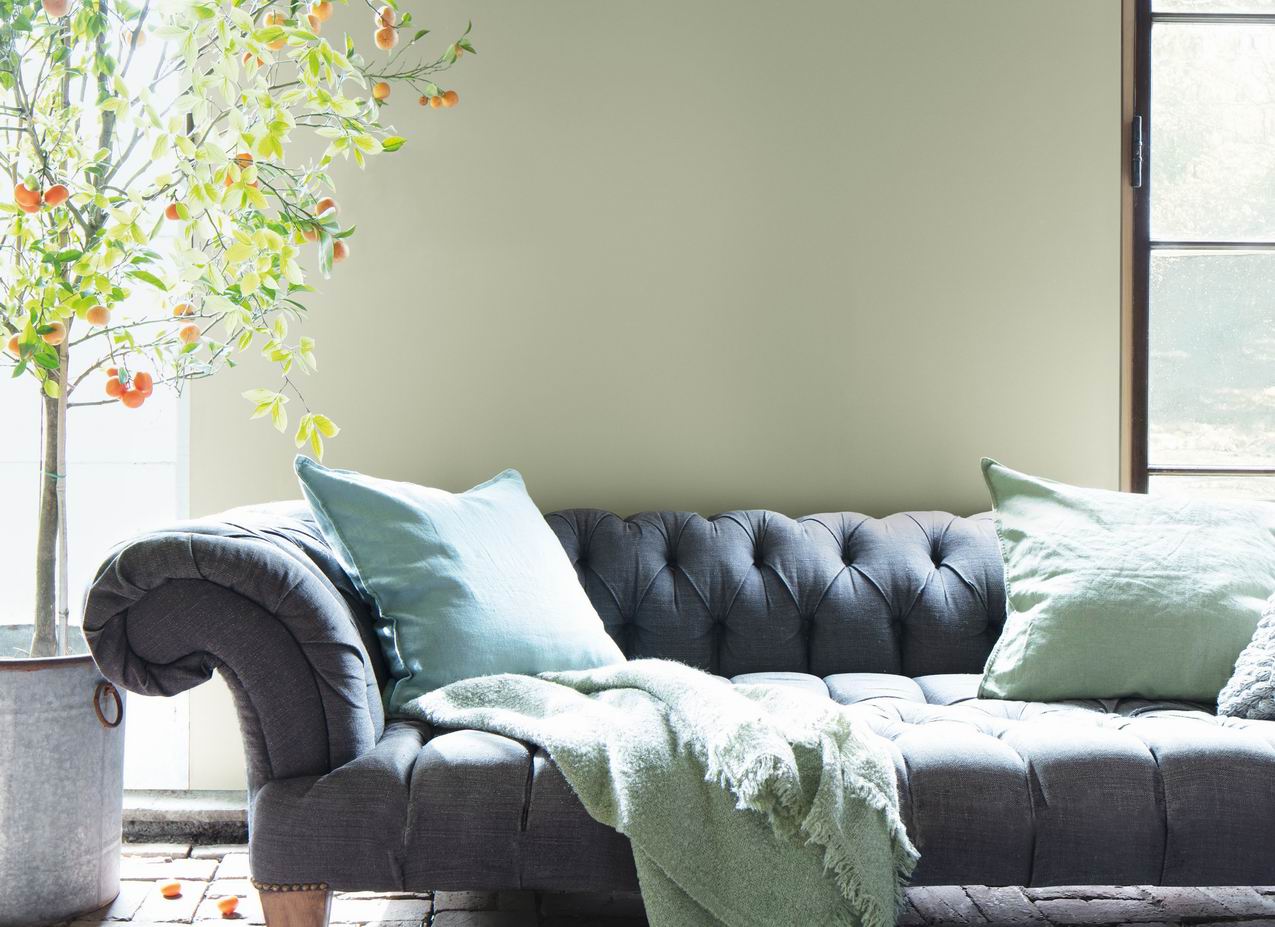
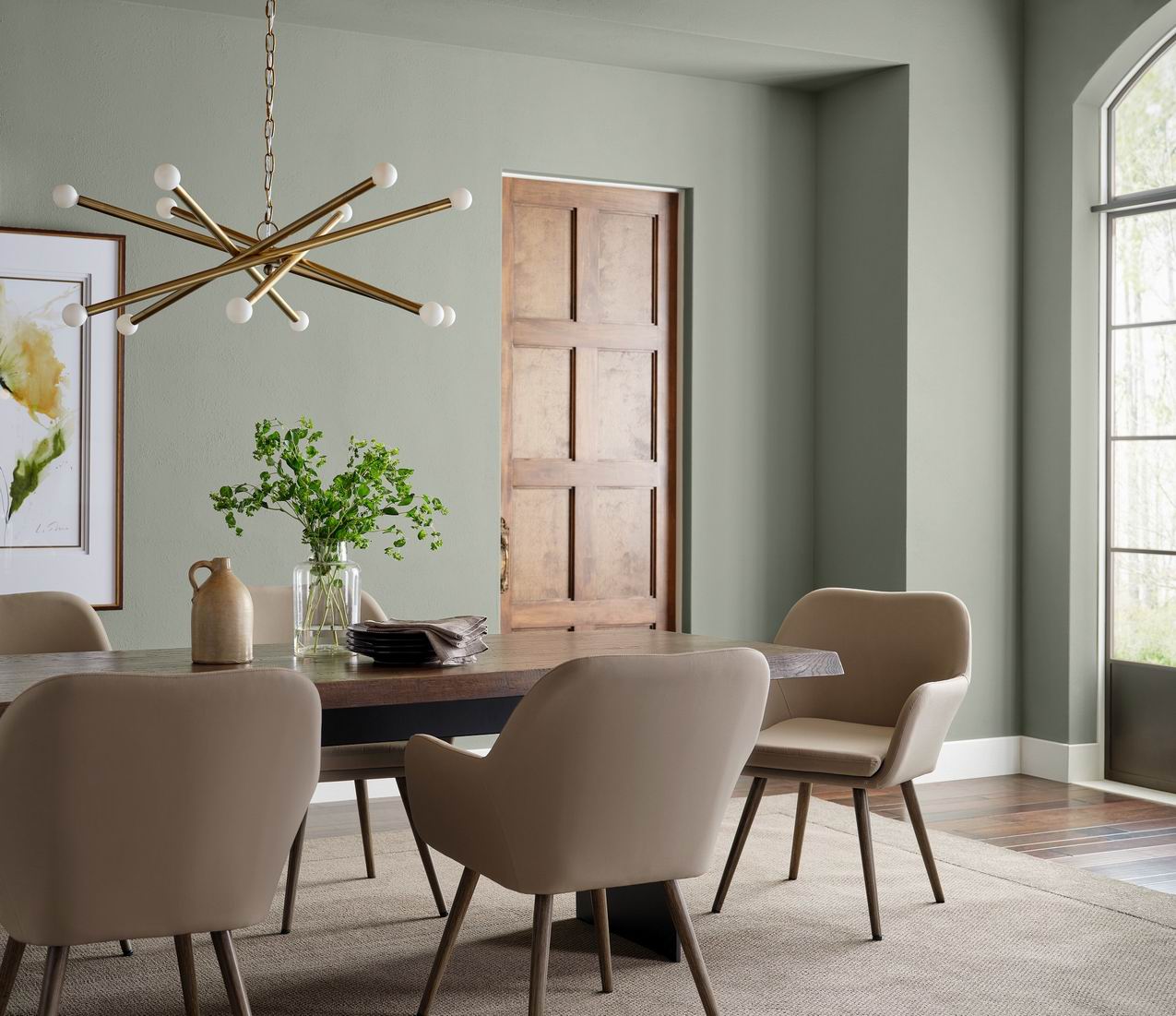
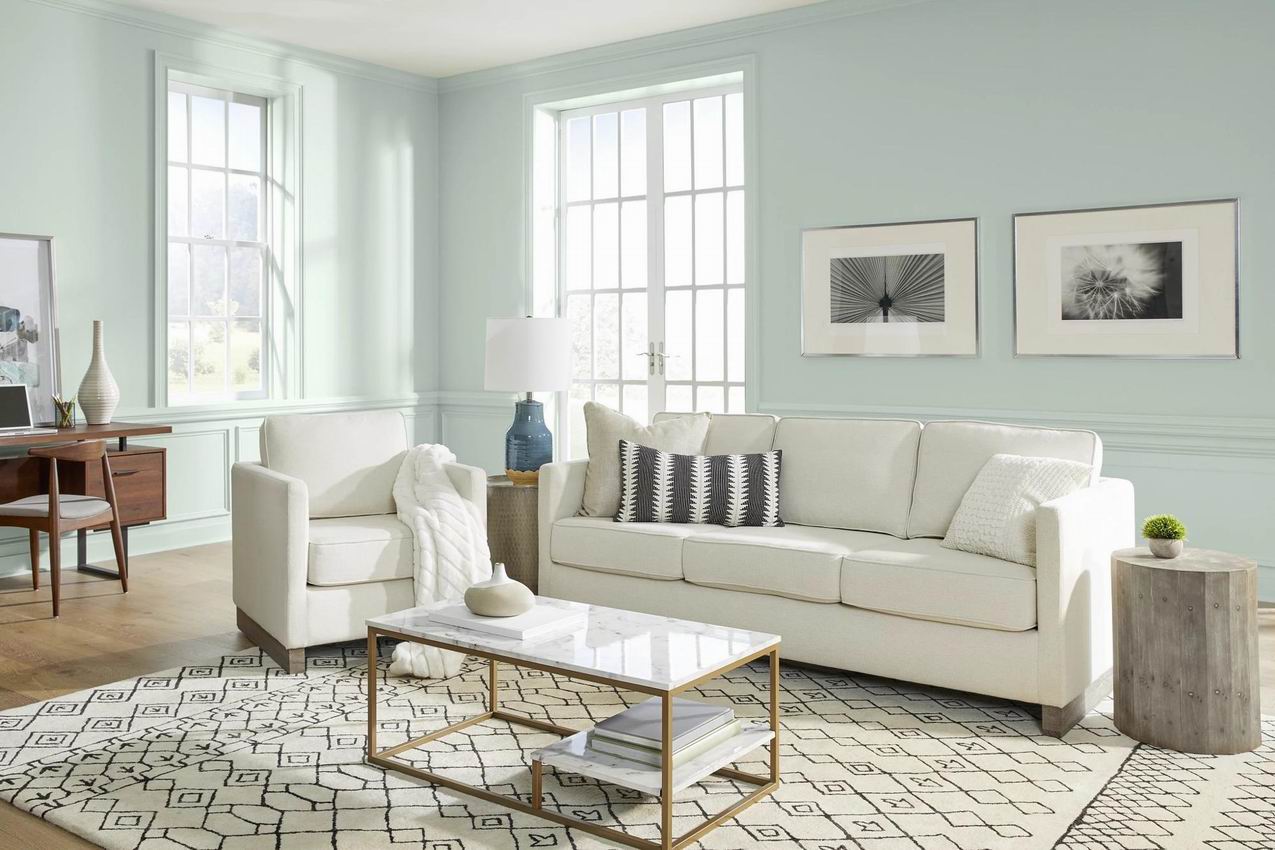
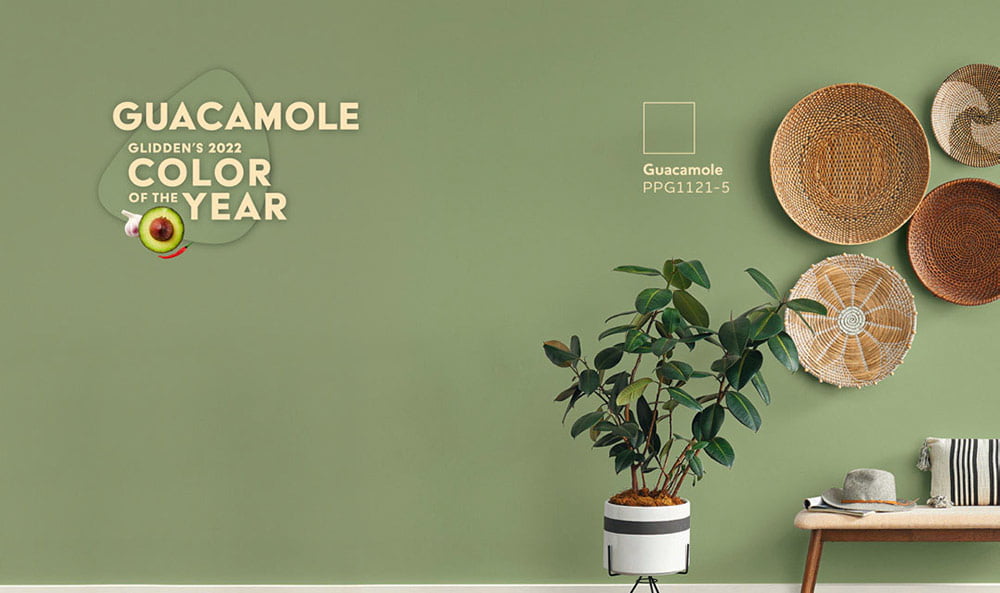
Where you’ll find green as a 2022 colour of the year:
- Sico — Cool Current, a “relaxed yet enticing green that represents regrowth.”
- Dulux — Olive Sprig, a “grounded, comforting sage green (that) emits a sense of calm and tranquility.”
- Benjamin Moore — October Mist, a “gently shaded sage (that) quietly anchors a space.”
- Sherwin Williams — Evergreen Fog, a “a nourishing and sophisticated gray-green.”
- Behr — Breezeway, a “relaxed and uplifting sea glass green.”
- Glidden — Guacamole, a “spirited yet soothing green.”
Bucking the green trend is the influential Pantone Color Institute, which has opted for a “red violet infused blue hue” called Very Peri. “We are living in transformative times,” Pantone says on its website. “Very Peri is a symbol of the global zeitgeist of the moment and the transition we are going through.”

MORE: Celebrate the Pantone Colour of the Year in your home.
Also bucking the green trend is Canadian paint maker BeautiTone, which offers up the bold Warm Hugs, a mid-tone shade of red-pink with an influence of orange.
In a release, Darryl Allen, the creative manager for BeautiTone’s paint and home products, says: “Warm Hugs is the comfort we’ve been missing — our longing for closeness and touch.”

